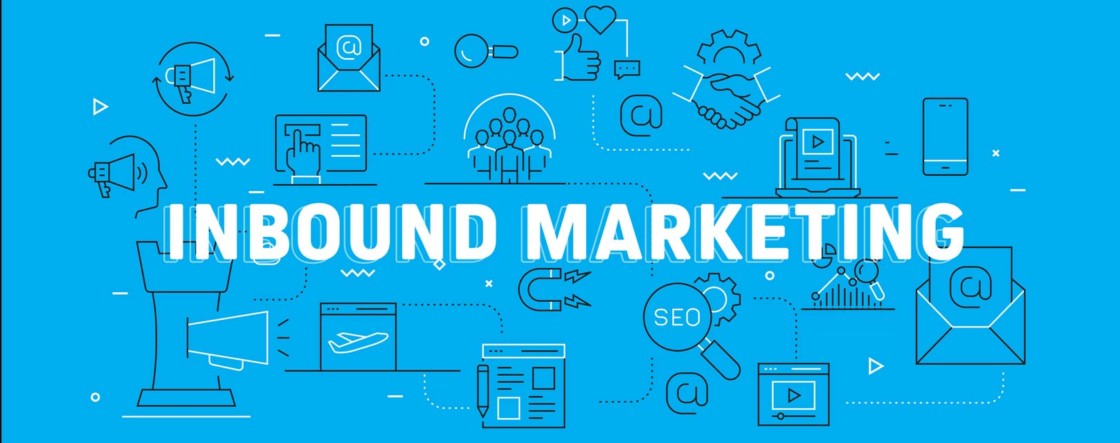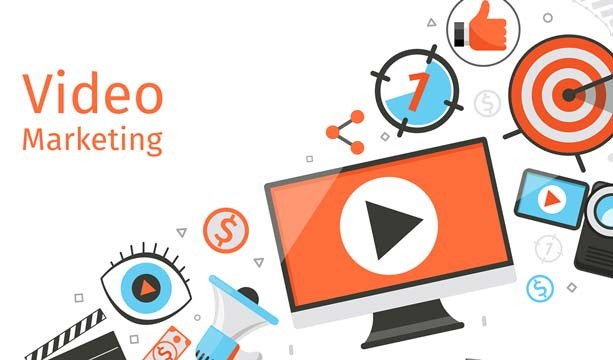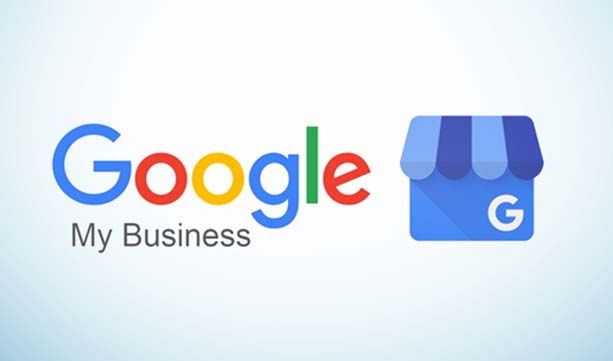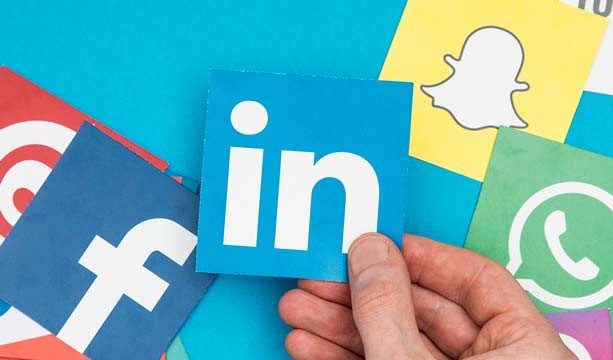Two of the biggest marketing strategy categories are commonly known as inbound and outbound marketing. Both inbound and outbound marketing have distinct features and key differentiators. Here we will explore the difference between the two.
What is Outbound Marketing?
Outbound marketing, commonly referred to as traditional marketing, is referred to as such because it involves a company reaching OUT to customers. It is a wide-ranging approach that attempts to advertise products to a broad audience via traditional marketing methods such as TV and radio advertising, direct mail, cold calling, and billboards. Outbound marketing does not typically leverage technology in any meaningful way. Outbound marketing adheres to the law of large numbers – the larger the audience reached, the higher the likelihood of capturing sales. It does not take the type of audience into account, and the goal is visibility amongst any kind of audience – typically achieved through mass media tools.
What is Inbound Marketing?
On the other hand, inbound marketing (sometimes described as ‘pull marketing’) is referred to as such because it attempts to bring a specified set of customers IN rather than trying to reach any and all people. Inbound is a digital-first approach to marketing that leverages consumer data to get your message across to the correct audience, not just anyone. Rather than put your message out there via traditional outbound methods, inbound seeks to establish your products or services as solutions to specific consumer problems. That’s why inbound marketing is digital-based – digital technology such as SEO, content marketing pieces, online blogs, and social media posts allow marketers to curate their messages so that their products are found by people looking for solutions to their problems.
Outbound Pros and Cons
Pros
- Outbound marketing practices reach a very wide audience. This can include consumers who may have never heard of your product before or wouldn’t be included in the net that gets cast out to your product’s typical inbound marketing audience. Some people may not realize that they need your product, and you maybe didn’t realize that there are people outside of your main target audience that can use your product as well. Outbound marketing gets that base covered.
- Consumers are very familiar with and accustomed to outbound marketing methods. If the right outbound message reaches the right person, chances are they will tune in to the message and listen to what is being said. On the flip side, it’s easy to just scroll right through an inbound tactic – especially because online tactics are new and unfamiliar, making them difficult for consumers to understand and to trust.
Cons
- Due to its inherent nature, outbound marketing requires reaching out to a large audience. Because the pool of people is so large and the specific audience-targeting is so general, outbound marketing leads cost more money. You’re taking a risk by casting an extremely wide net to people who may end up having zero interest in your product or service, which equate dead marketing dollars.
- Typical outbound marketing strategies have become easy for consumers to tune-out. Innovations such as ad blocker, fast forwarding, commercial-free TV, and the spam folder have made it increasingly difficult to get your message in front of an audience.
Inbound Pros and Cons
Pros
- Inbound marketing is educational by nature – it doesn’t come off as a hard sell. Remember, inbound marketing attracts consumers by educating them and leading them down a path that will solve a problem. In this way, an inbound marketing strategy will never come off as intrusive or invasive.
- It is extremely cost effective. Because you’re curating content for a specific target audience utilizing this method, you’re going after warm leads rather than totally cold shots in the dark. Trying to convert an audience that already has potential interest in your product will cost less money than attempting to convert just anyone.
Cons
- Solid inbound marketing efforts take a lot of manpower to maintain, and it is often continuous. To stay on-par with the ever-changing needs of your consumers, you need to have an agile team dedicated to adapting your messaging accordingly.
- While digital technology has provided several key KPI’s to abide by, it is still difficult to measure the true ROI of inbound marketing efforts. Because of the ROI and attribution reporting obstacles that still exist, complete company buy-in can also still prove to be difficult.
- It should be noted that RO attribution is much easier with products that are e-commerce based – buy decisions can be more directly tracked. In industries where e-commerce is not utilized, determining ROI and/or ROI attribution can be a bit trickier. Another factor that makes the waters a bit murkier is systems. The integration of CRM systems, lead tracking software, and company ERP systems complicate the calculation of a true ROI.
In the modern digital setting, inbound marketing practices are paramount when it comes to establishing your strategy and brand. With that being said, the more traditional marketing practices that compose outbound marketing should be considered when making strategic marketing decisions.
Did we miss anything about inbound and outbound marketing? Want a deeper understanding of the differences between the two? Let’s talk. Feel free to contact our team at MA1440.
MA1440 is a marketing consulting and digital agency located in Glenview, IL – serving small and
mid-sized businesses locally and nationally.








